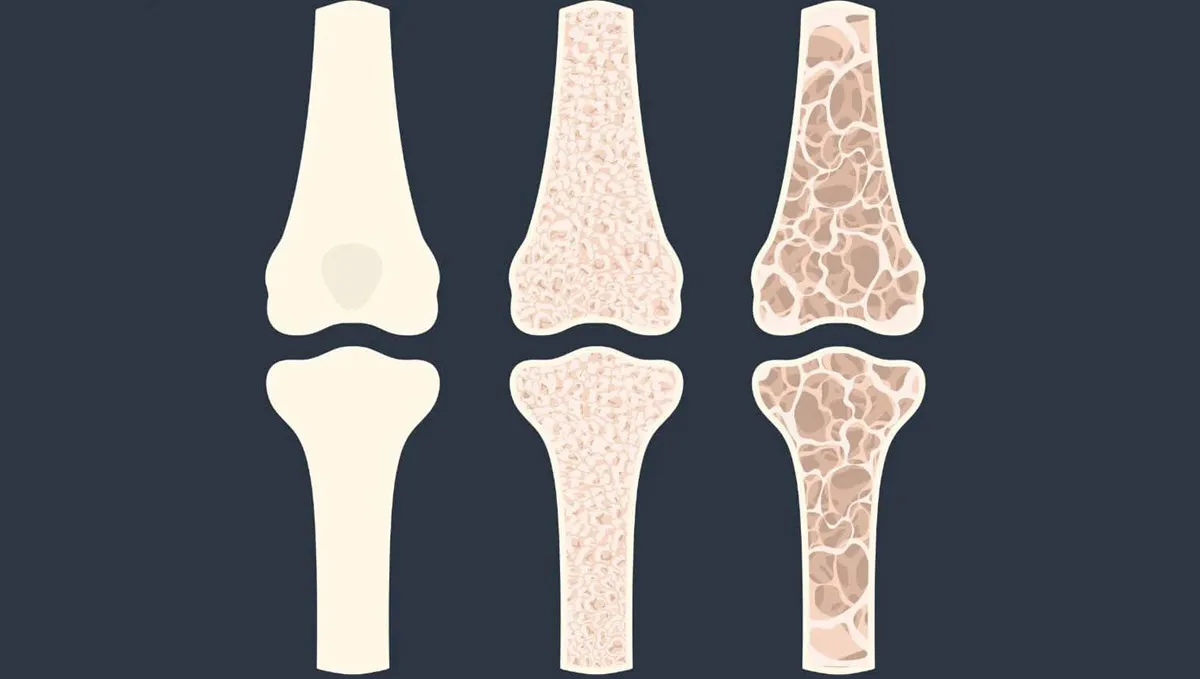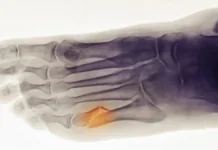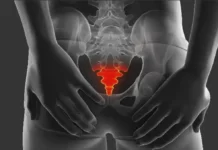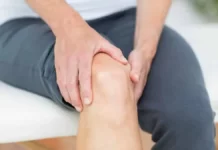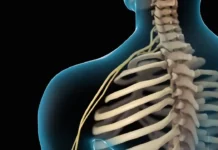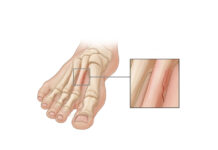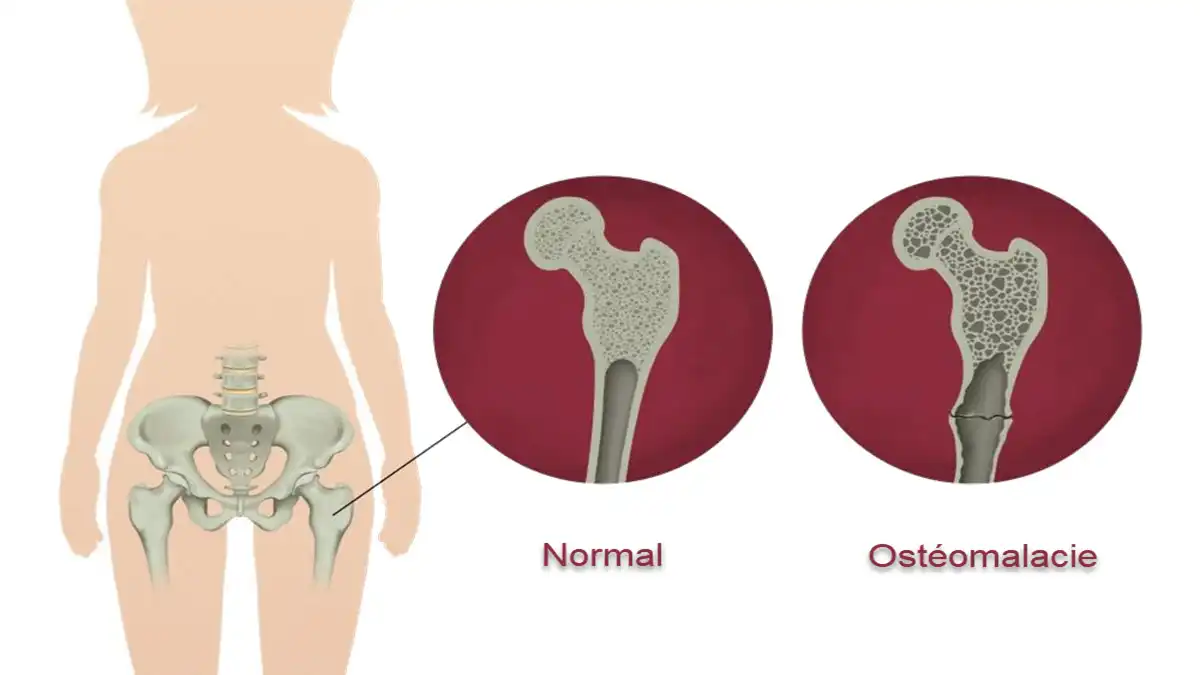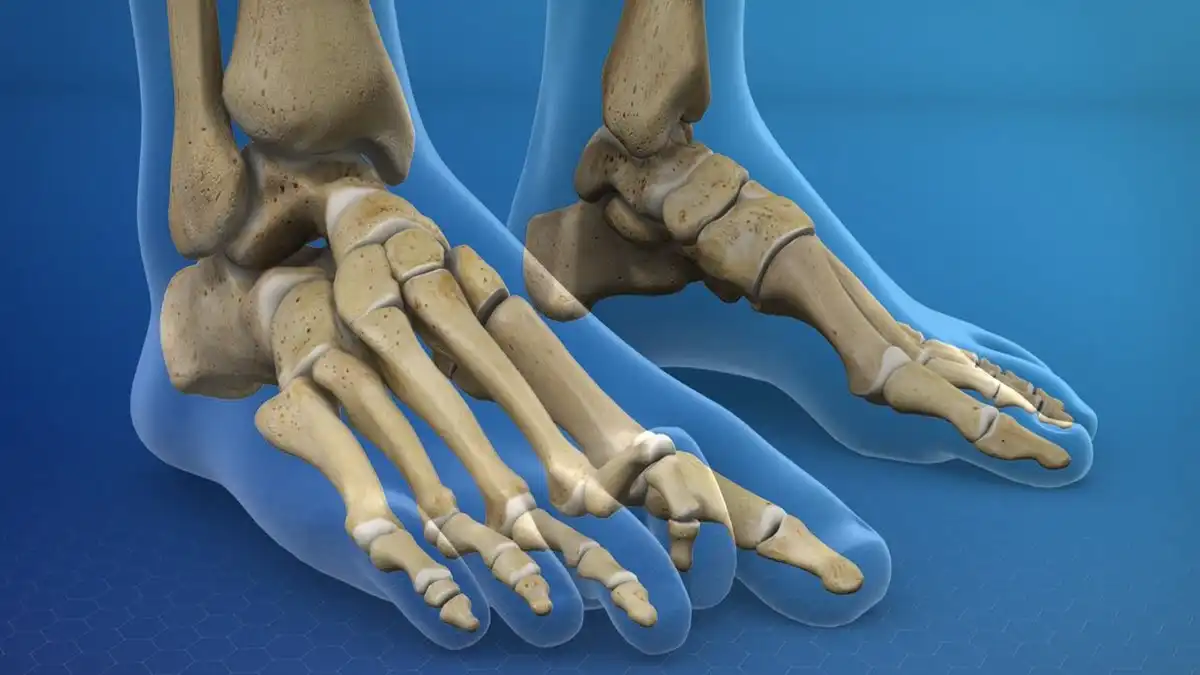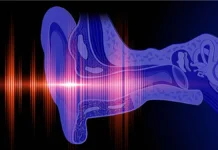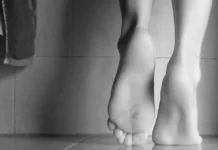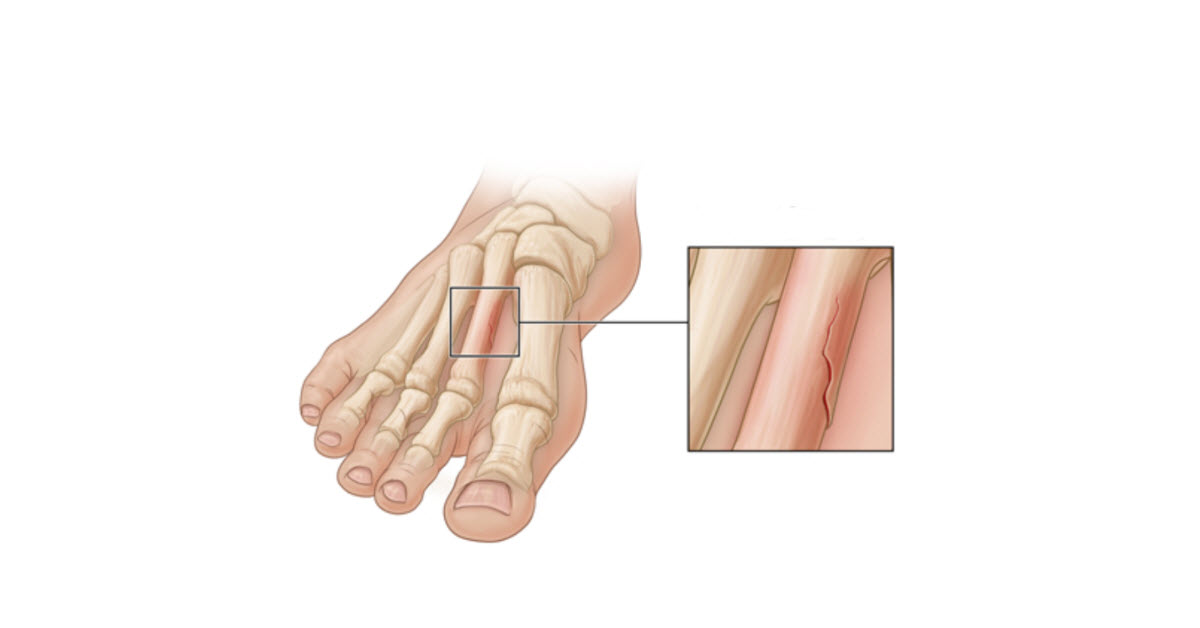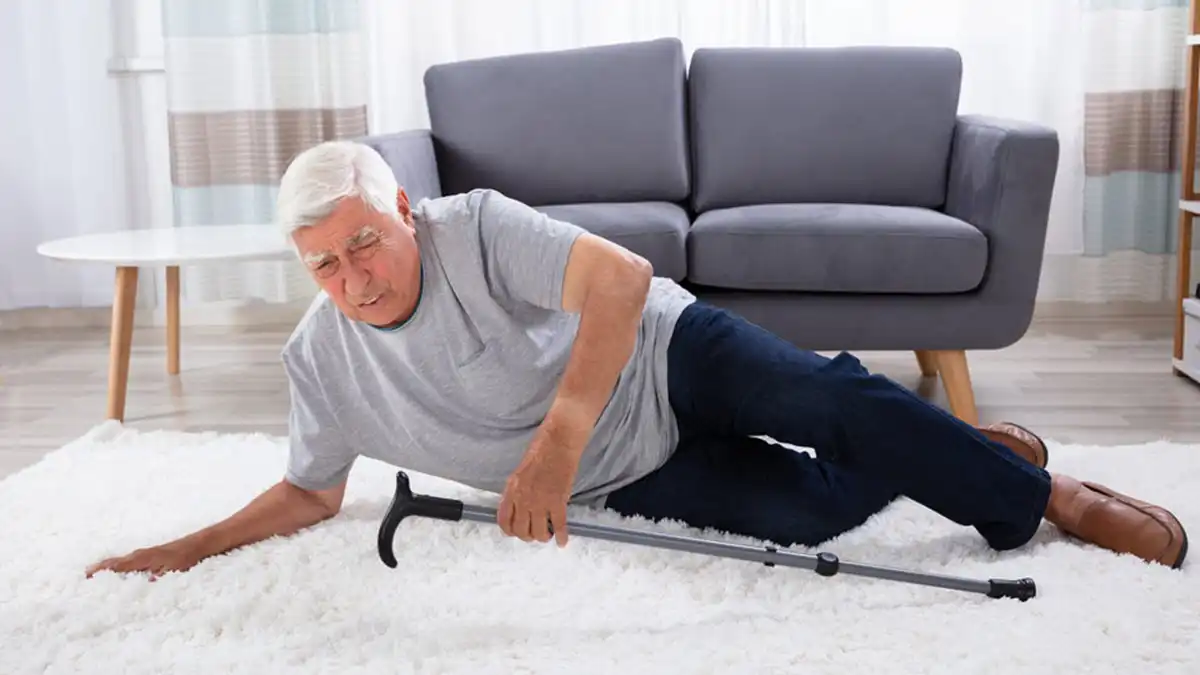Osteogenesis imperfecta (OI) is a group of genetic disorders that primarily affect bone. The term “osteogenesis imperfecta” means imperfect bone formation. People with this condition have bones that break (fracture) easily, often from mild trauma or for no apparent cause. Multiple fractures are common and, in severe cases, can occur even before birth. Milder cases may involve only a few fractures during a person’s life.
Introduction
Osteogenesis imperfecta (OI), also known as “brittle bone,” is a rare genetic connective tissue disease that primarily affects the skeleton. This hereditary condition is characterized by increased bone fragility, making bones susceptible to fracture easily. People with osteogenesis imperfecta may experience a variety of symptoms, from frequent fractures to blue eye sclera to short stature. Understanding the clinical, genetic and psychosocial aspects of this disease is essential to improve the quality of life of those affected.
From a clinical point of view, osteogenesis imperfecta is manifested by significant bone fragility. Fractures can occur with minimal stress or even without any apparent cause. Long bones, such as the femurs, are particularly prone to fracture, and affected individuals may experience bone deformity over time. Besides skeletal problems, other complications can arise, such as hearing problems due to abnormalities in the bones of the inner ear.
Genetically, OI is primarily caused by mutations in genes that encode collagen, a major structural protein in connective tissue, including bone. Mutations affect the production or structure of collagen, leading to a decrease in its strength. Collagen type I is most commonly involved in OI, and mutations can be inherited in an autosomal dominant manner, meaning that only one parent carrying the defective gene can pass on the disease.
Psychosocially, living with osteogenesis imperfecta can present significant challenges. Frequent fractures can limit mobility and independence, affecting overall quality of life. Affected children may face particular challenges due to growth delays and frequent fractures, which may influence their psychological development. Psychological and emotional support is therefore crucial to help affected people and their families cope with the psychosocial aspects of the disease.
The management of osteogenesis imperfecta requires a multidisciplinary approach. Treatments aim to prevent fractures, relieve pain and improve quality of life. Physiotherapy may be recommended to strengthen muscles and improve mobility, while medications such as bisphosphonate may be used to strengthen bones. In some severe cases, orthopedic surgery may be necessary to correct bone deformities.
Despite the challenges associated with osteogenesis imperfecta, many affected people lead fulfilling lives. Organizations and support groups play a crucial role in providing educational resources, facilitating the sharing of experiences, and offering emotional support.
Osteogenesis imperfecta is a rare genetic disorder that affects the skeleton, leading to increased bone fragility. Understanding the clinical, genetic and psychosocial aspects of this disease is essential to ensure comprehensive care and improve the quality of life of those affected. Continued research and medical advances are crucial to developing more effective treatments and improving the outlook for those living with this condition.
Causes
Osteogenesis imperfecta (OI), or “brittle bone,” is primarily caused by genetic problems that affect collagen, a protein important for the strength of our bones and other connective tissues. Collagen, in a way, gives our bones their strength.
Most of the time, people with OI have errors in their genes responsible for collagen production, specifically the COL1A1 and COL1A2 genes. These errors can be inherited from one of the parents or occur spontaneously.
There are two main ways OI can be passed down in a family:
- Autosomal Dominant: If a parent has a genetic problem related to OI, there is a 50% chance that their child will inherit the same problem. This is the most common way OI is transmitted.
- Autosomal Recessive: In some less common cases, both parents must have a genetic problem for the child to be affected. The parents, although carrying the defective gene, may not show symptoms.
Genetic errors affect normal collagen production, weakening bones and making them more likely to break. The severity of symptoms can vary from person to person due to different genetic errors.
It is also possible for the genetic mutation to occur without there being a family history of the disease. In these cases, the mutation occurs by chance during the baby’s development.
In summary, OI is primarily caused by genetic errors that affect collagen, and these errors can be inherited from parents or occur spontaneously. The different ways this happens are why the condition can vary in severity from person to person.
Symptoms
- Frequent Fractures: Bone fragility is one of the most characteristic symptoms of OI. Bones are more likely to fracture, often with minimal physical exertion. Fractures can occur from birth and can be common throughout life.
- Bone Deformities: People with OI may develop bone deformities, such as unusual curvatures of the long bones, due to repeated fractures and growth problems.
- Blueing of the Sclera: The sclera, the white part of the eye, may appear blue or grayish in some people with OI. This is due to the increased thinness and transparency of the white of the eye.
- Dental Problems: Dental problems, such as brittle teeth and premature wear of enamel, are common in people with OI.
- Respiratory Problems: In severe cases, deformation of the rib cage can affect lung capacity, leading to breathing problems.
- Scoliosis: An abnormal curvature of the spine, known as scoliosis, may develop in some people with OI.
- Hearing Problems: Abnormalities of the bones of the inner ear can cause hearing problems in some affected people.
- Growth Delays: Children with OI may experience growth delays, leading to a shorter than average stature.
- Physical Characteristics: People with OI may have thin skin, visible blood vessels under the skin (telangiectasia), hypermobile joints, and in some cases, hyperlaxity of the ligaments.
- Genetic Aspect: In addition to the physical symptoms, the genetic dimension of OI is important to understand. The genetic mutations that cause OI can be identified through genetic testing, which can help confirm the diagnosis and determine the specific type of OI.
- Dental Complications: In addition to weak teeth, some people with OI may experience problems with the normal formation of teeth and gums.
- Chronic Pain: Frequent fractures and bone deformities can lead to chronic pain in people with OI. Pain management can be an important aspect of overall care.
- Quality of Life: The psychosocial aspects of OI should not be neglected. Affected individuals and their families may face emotional, social and educational challenges. Psychological interventions and social support may be essential.
Radiographic Signs
Radiographic signs of osteogenesis imperfecta (OI) are often characteristic and can help healthcare professionals confirm the diagnosis. Radiographs (bone x-rays) reveal specific features associated with bone fragility and structural abnormalities. Here are some of the radiographic signs commonly seen in people with OI:
- Bone Fragility: X-rays may show bones that appear thinner and more fragile than normal. Visible fractures, even those that are not recent, may be observed. Multiple fractures, often without apparent cause, are a common feature.
- Bone Deformities: Bone deformities, such as abnormal curvatures or irregularities, may be evident on x-rays. These deformities can result from repeated fractures that heal incorrectly.
- Thickening of Interosseous Membranes: X-rays may show thickening of the interosseous membranes, the tissues that separate bones, due to abnormal bone formation.
- Bone Demineralization: Bone demineralization, indicating a decrease in bone mineral density, may be seen on radiographs. This can contribute to brittle bones.
- Irregular Epiphyses: The ends of bones, called epiphyses, may appear irregular on x-rays, with less defined edges.
- Scoliosis and Kyphosis: X-rays of the spine may reveal abnormal curvatures, such as scoliosis (sideways curvature) or kyphosis (excessive forward curvature).
- “Uneven Sticks” Appearance: Long bones, such as the femurs, may have an “uneven sticks” appearance on x-rays due to multiple fractures and uneven healing.
- Skull Bone Disorders: Certain radiographic signs may also be seen in the skull bones, sometimes contributing to a characteristic skull shape.

Skull Bone Disorders
Skull radiographs in individuals with OI may reveal several distinctive features. Among these signs, we sometimes observe increased fragility of the cranial bones, which can lead to spontaneous fractures or following minor trauma. These fractures, although they may be imperceptible to the naked eye, are often detectable on x-rays, contributing to the complexity of medical management.
Another characteristic seen in the skull is the presence of bumps or deformities, often resulting from fractures that occurred during growth. These deformities can influence the overall shape of the skull, sometimes giving the head a characteristic appearance. This may be particularly evident in children with OI, whose developing skull is more vulnerable to deformity.
In addition to fractures and deformities, skull x-rays may also reveal bone demineralization, characterized by a decrease in bone mineral density. This demineralization can contribute to the fragility of the skull bones, thus increasing the risk of fractures and influencing the general morphology of the skull.
Fragile skull bones can also impact other aspects of health. For example, the bones of the skull surround and protect the brain, and fractures or deformities can potentially lead to neurological complications. Additionally, visual or hearing problems can result from fractures in the skull bones, affecting the quality of life of people with OI.
Reference
- Uttarilli A, Shah H, Bhavani GS, Upadhyai P, Shukla A, Girisha KM. Phenotyping and genotyping of skeletal dysplasias: Evolution of a center and a decade of experience in India. Bone. 2019 Mar;120:204-211. [ PubMed ]2.
- Nicol L, Morar P, Wang Y, Henriksen K, Sun S, Karsdal M, Smith R, Nagamani SCS, Shapiro J, Lee B, Orwoll E. Alterations in non-type I collagen biomarkers in osteogenesis imperfecta. Bone. 2019 Mar;120:70-74. [ PubMed ]3.
- Ablin DS. Osteogenesis imperfecta: a review. Can Assoc Radiol J. 1998 Apr;49(2):110-23. [ PubMed ]4.
- Forlino A, Cabral WA, Barnes AM, Marini JC. New perspectives on osteogenesis imperfecta. Nat Rev Endocrinol. 2011 Jun 14;7(9):540-57. [ PMC free article ] [ PubMed ]5.
- Valadares ER, Carneiro TB, Santos PM, Oliveira AC, Zabel B. What is new in genetics and osteogenesis imperfecta classification? J Pediatr (Rio J). 2014 Nov-Dec;90(6):536-41. [ PubMed ]6.
- Warman ML, Cormier-Daire V, Hall C, Krakow D, Lachman R, LeMerrer M, Mortier G, Mundlos S, Nishimura G, Rimoin DL, Robertson S, Savarirayan R, Sillence D, Spranger J, Unger S, Zabel B, Superti-Furga A. Nosology and classification of genetic skeletal disorders: 2010 revision. Am J Med Genet A. 2011 May;155A(5):943-68. [ PMC free article ] [ PubMed ]7.
- Sillence D. Osteogenesis imperfecta: an expanding panorama of variants. Clin Orthop Relat Res. 1981 Sep;(159):11-25. [ PubMed ]8.
- Stoltz MR, Dietrich SL, Marshall GJ. Osteogenesis imperfecta. Outlook. Clin Orthop Relat Res. 1989 May;(242):120-36. [ PubMed ]9.
- Sillence DO, Senn A, Danks DM. Genetic heterogeneity in osteogenesis imperfecta. J Med Genet. 1979 Apr;16(2):101-16. [ PMC free article ] [ PubMed ]10.
- Shapiro F. Consequences of an osteogenesis imperfecta diagnosis for survival and ambulation. J Pediatr Orthop. 1985 Jul-Aug;5(4):456-62. [ PubMed ]11.
- Jain M, Tam A, Shapiro JR, Steiner RD, Smith PA, Bober MB, Hart T, Cuthbertson D, Krischer J, Mullins M, Bellur S, Byers PH, Pepin M, Durigova M, Glorieux FH, Rauch F, Lee B , Sutton VR, Members of the Brittle Bone Disorders Consortium*, Nagamani SCS. Growth characteristics in individuals with osteogenesis imperfecta in North America: results from a multicenter study. Genet Med. 2019 Feb;21(2):275-283. [ PMC free article ] [ PubMed ]12.
- Cole W.G. The Nicholas Andry Award-1996. The molecular pathology of osteogenesis imperfecta. Clin Orthop Relat Res. 1997 Oct;(343):235-48. [ PubMed ]13.
- Minch CM, Kruse RW. Osteogenesis imperfecta: a review of basic science and diagnosis. Orthopedics. 1998 May;21(5):558-67; quiz 568-9. [ PubMed ]14.
- Makareeva E, Mertz EL, Kuznetsova NV, Sutter MB, DeRidder AM, Cabral WA, Barnes AM, McBride DJ, Marini JC, Leikin S. Structural heterogeneity of type I collagen triple helix and its role in osteogenesis imperfecta. J Biol Chem. 2008 Feb 22;283(8):4787-98. [ PubMed ]15.
- Rauch F, Lalic L, Roughley P, Glorieux FH. Relationship between genotype and skeletal phenotype in children and adolescents with osteogenesis imperfecta. J Bone Miner Res. 2010 Jun;25(6):1367-74. [ PubMed ]16.
- Hoyer-Kuhn H, Netzer C, Semler O. Osteogenesis imperfecta: pathophysiology and treatment. Wien Med Wochenschr. 2015 Jul;165(13-14):278-84. [ PubMed ]17.
- Doty SB, Mathews RS. Electron microscopic and histochemical investigation of osteogenesis imperfecta tarda. Clin Orthop Relat Res. 1971 Oct;80:191-201. [ PubMed ]18.
- Grafe I, Yang T, Alexander S, Homan EP, Lietman C, Jiang MM, Bertin T, Munivez E, Chen Y, Dawson B, Ishikawa Y, Weis MA, Sampath TK, Ambrose C, Eyre D, Bächinger HP, Lee B Excessive transforming growth factor-β signaling is a common mechanism in osteogenesis imperfecta. Nat Med. 2014 Jun;20(6):670-5. [ PMC free article ] [ PubMed


